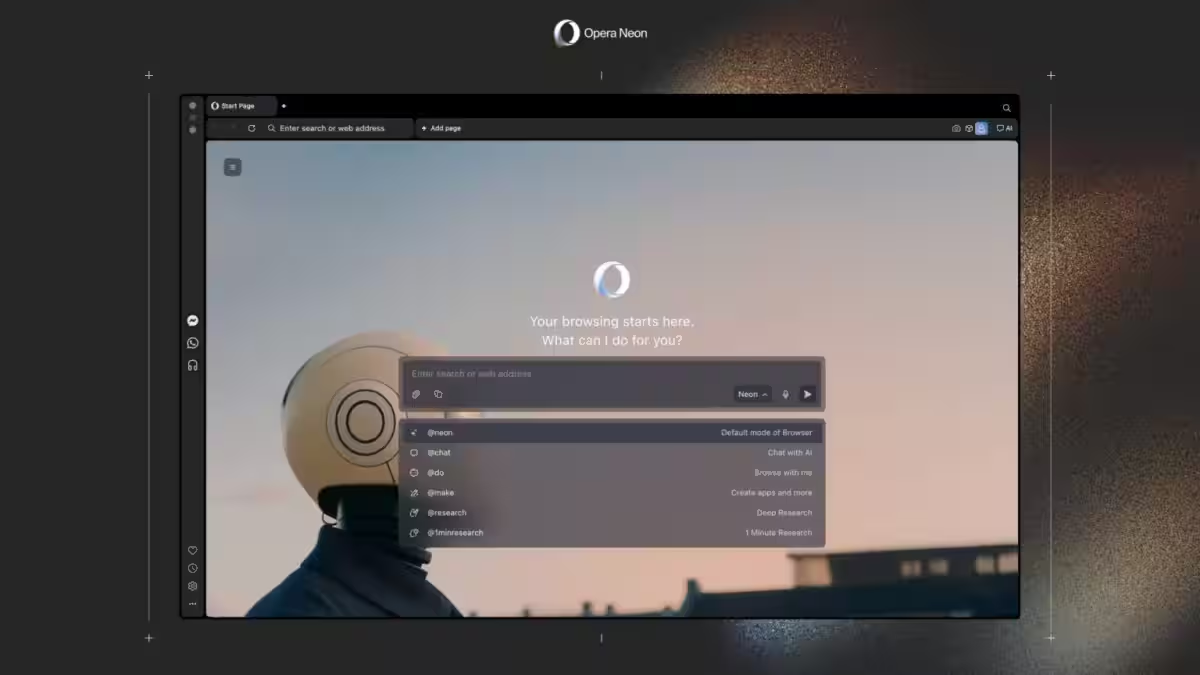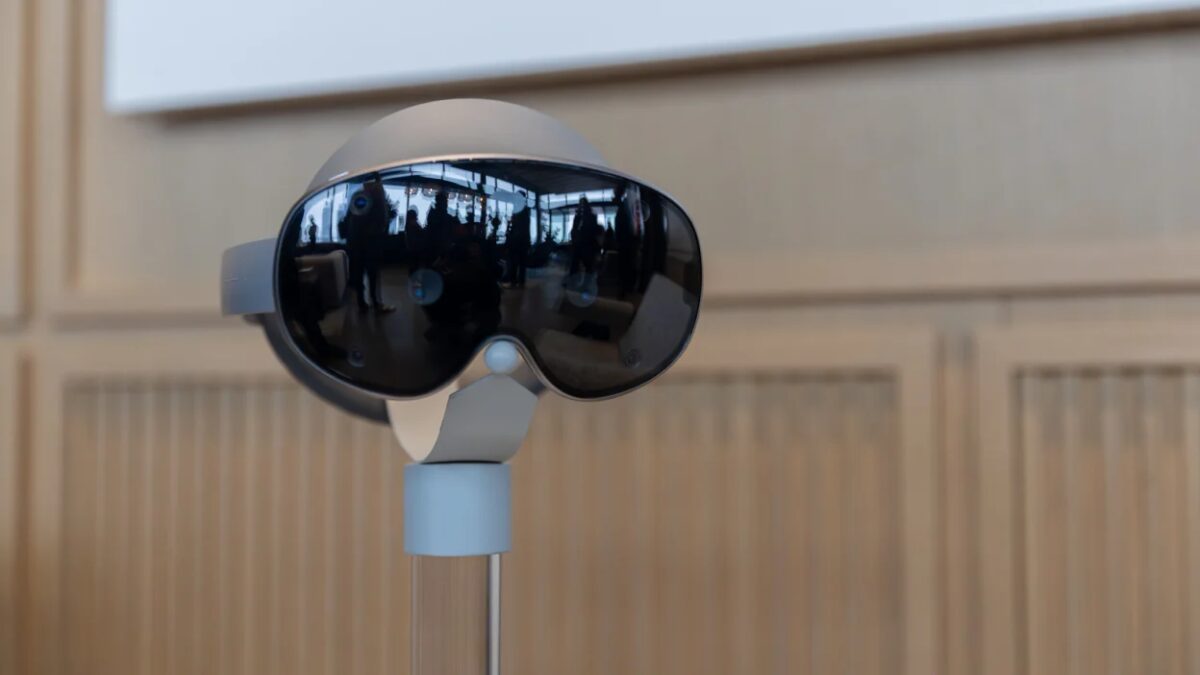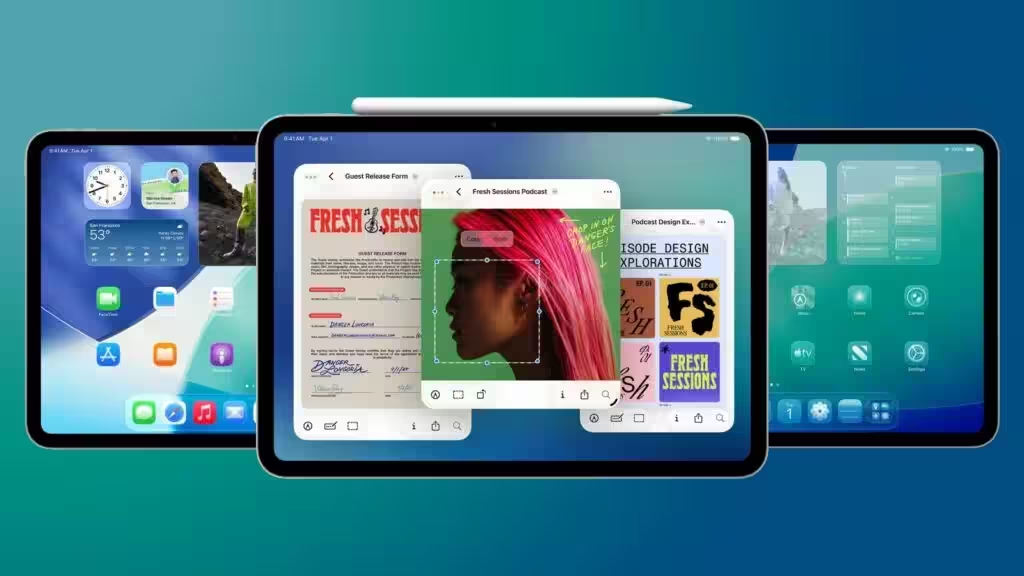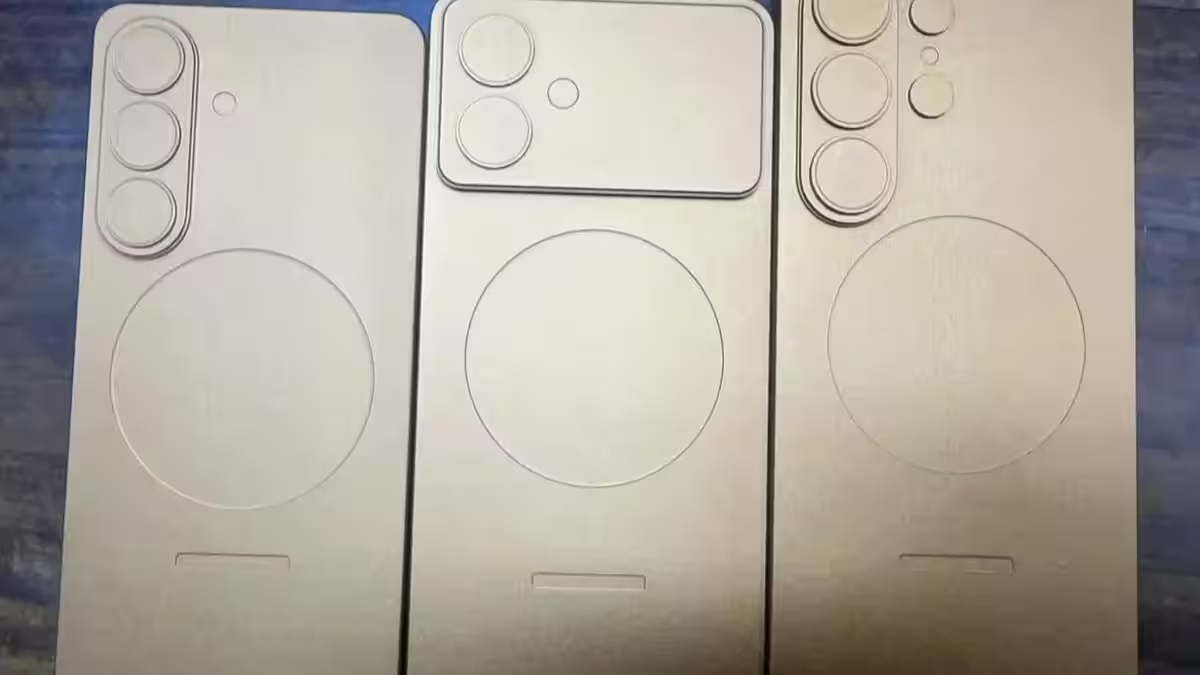Nintendo Virtual Play Cards: what they are and how they work

Sharing games — one of the big topics since digital gaming has become more and more mainstream. We haven’t yet reached the point where the best Nintendo Switch games can no longer be bought physically, but it’s more convenient to just download the game rather than drive to pick it up. This has raised the question of how game sharing will work in a digital library. Game sharing on Xbox and PlayStation works in a similar way, and Nintendo has a solution too. Virtual Game Cards — are a new way to share games with more people. It’s a bit complicated to understand and get started, so we’ll take you through it all in order so you’re ready for this kind of innovation.
What are virtual game cards?
In short, virtual game cards — are a way to share games from your digital library with anyone. They work just like a physical game card, meaning you can “give” it to another person to play with for a certain amount of time, after which it will come back to you. Once this feature is launched, any digital game you buy will also come with a virtual game card. It’s another way to not only manage your digital library on Switch, but to share it as well.
How do they work?
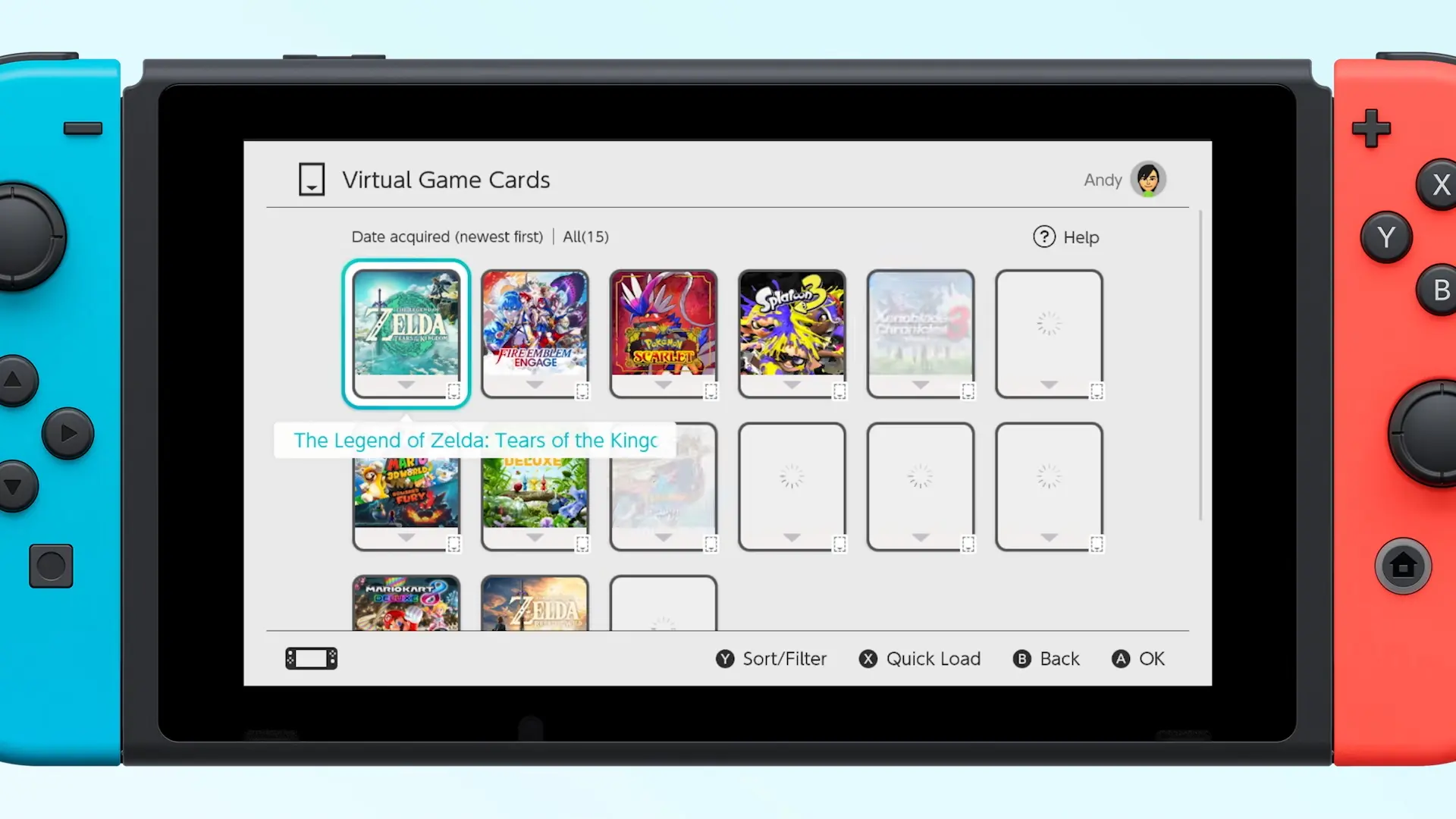
There are some sticking points, of course. To lend someone a game, you have to be on a local wireless network; in other words, you can’t lend a game to a friend on the other side of the country. You must be on the same Wi-Fi network. However, once you lend someone the game, they can play it offline — you only need an Internet connection to download or retrieve the game.
This “nuance” is a little inconvenient, because it’s often the case that the friend who plays Switch is very, very far away from you.
The trailer shows two options: lend to another system, or lend to a family member. You can share a game with any member of your Nintendo Switch family, but only one game per person at a time. Games stay on other systems for two weeks, after which they automatically return to your console. However, it’s worth noting that save data isn’t erased, so you can re-lend the game if the person wants to continue playing after the 14-day period has expired.
Save data is not erased, so you can re-lend the game if the person wants to continue playing after the 14-day period.
Why it’s so complicated and why you can’t choose how long you want to lend the game yourself is unclear and extremely confusing. Maybe later this feature will be improved, and then there will be no such restrictions, which means that the feature will become really useful.
This feature only applies to games purchased digitally, not physically. If you have a physical cartridge, you’ll still have to borrow it the old-fashioned way: hand-to-hand.
One important limitation of this method of game transfer is that at a given moment, a single account can only lend out ONE game. You can’t lend two games at the same time, which is also not the most pleasant thing about this system.
One important limitation of this system is that one account can only lend ONE game at a time.
Also, as far as we know from the data provided by the company, you can’t play the same game on two devices at the same time. So you’ll only have to give a friend a game you don’t plan to play in the next two weeks.
This feature will definitely be useful for those with multiple Nintendo devices. They’ll no longer have to sort out which device is primary and which is secondary. It’s also handy when you’re part of a “family”.
When will this feature be available?”
Nintendo has only announced the feature so far, and has talked about it in as much detail as it could. The company says the update will be available to test by the end of April. So we won’t have long to wait to see if it’s actually a useful feature, or if it’s a bad idea.



